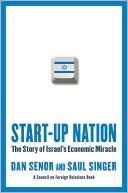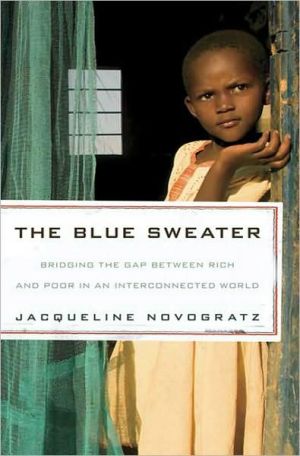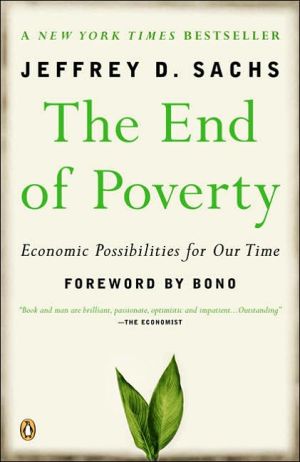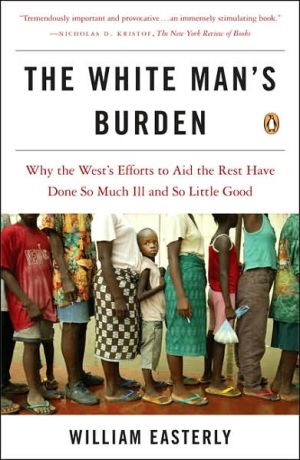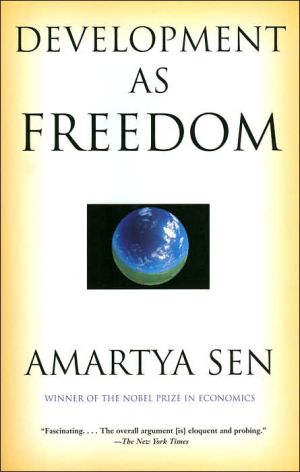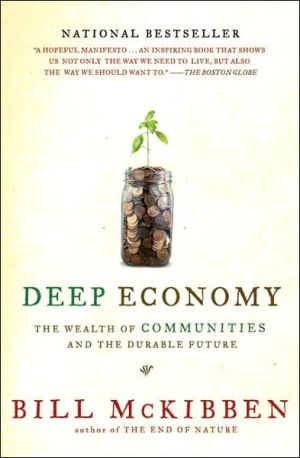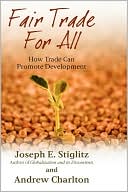Night Market: Sexual Cultures and the Thai Economic Miracle
In Thailand, a $4 billion per year tourist industry is the linchpin of the modernization process called the "Thai Economic Miracle". And what is Thailand's main attraction? Sex for hire. Year after year young women are lured to Bangkok to staff the teeming brothels, massage parlors, and sex bars that cater to male tourists from the United States, Western Europe, Japan, Australia, the Gulf States, Malaysia, and Singapore.\ Developed from Lillian S. Robinson's article in The Nation, Night...
Search in google:
In Thailand, a $4 billion per year tourist industry is the linchpin of the modernization process called the "Thai Economic Miracle". And what is Thailand's main attraction? Sex for hire. Year after year young women are lured to Bangkok to staff the teeming brothels, massage parlors, and sex bars that cater to male tourists from the United States, Western Europe, Japan, Australia, the Gulf States, Malaysia, and Singapore.Developed from Lillian S. Robinson's article in The Nation, Night Market traces the historical, cultural, material, and textual traditions that have combined in unique ways to establish sex tourism as an integral part of the developing Thai economy. It explores international sex tourism from the perspectives of economic-development planning, forced labor market choices, international sexual alienation, and textual traditions that have constructed sexual "Other" cultures in Western imagination. Publishers Weekly Thailand's "economic miracle" of the past two decades owes much of its success to a $4-billion-per-year tourist industry focused primarily on prostitution. This fascinating, multifaceted, though unevenly written book expands Robinson's Nation article, "The Penile Colony," into a meticulous story of how the bodies of young Thai women have been turned into a national economic resource with nothing less than World Bank funding. Bishop, a Caucasian anthropologist who is married to an educated, upper-class Thai woman, and Robinson, a feminist writer, come at their complex subject from an invigorating variety of angleshistorical, economic, psychosexual. They energetically and diligently explore the U.S.'s role in transforming Thailand into an internationally infamous "sexual Disneyland" in the 1970s; the biased media representations of Bangkok's sex industry; and the travel brochures that serve up images of beautiful Thai women. Most memorable, however, are the interviews both with the tragically ambivalent "girls," who hate the one-sided sex but love the money that can lift their families from poverty. Here, prostitution in Thailand becomes more than just a glib metaphor for cultural exploitation, but the place where the values of First and Third Worlds, feminism and male chauvinism, and sexuality and commodity fight for primacy. Though often composed in a snappy, accessible style, frequent passages plagued by almost unreadable academic-ese will probably prevent this important book from reaching the wider audience it deserves. (Jan.)
Preface1Points of Departure: Catalysts and Contexts12Naming the Problem163Languages of Tourism604A Very Political Economy925Imagining Sexual Others1126The Bar Scene1517The Unspeakable1958Sexual Theory and Its Discontents218Afterword250Notes253Works Cited261Index272
\ Publishers Weekly - Publisher's Weekly\ Thailand's "economic miracle" of the past two decades owes much of its success to a $4-billion-per-year tourist industry focused primarily on prostitution. This fascinating, multifaceted, though unevenly written book expands Robinson's Nation article, "The Penile Colony," into a meticulous story of how the bodies of young Thai women have been turned into a national economic resource with nothing less than World Bank funding. Bishop, a Caucasian anthropologist who is married to an educated, upper-class Thai woman, and Robinson, a feminist writer, come at their complex subject from an invigorating variety of angleshistorical, economic, psychosexual. They energetically and diligently explore the U.S.'s role in transforming Thailand into an internationally infamous "sexual Disneyland" in the 1970s; the biased media representations of Bangkok's sex industry; and the travel brochures that serve up images of beautiful Thai women. Most memorable, however, are the interviews both with the tragically ambivalent "girls," who hate the one-sided sex but love the money that can lift their families from poverty. Here, prostitution in Thailand becomes more than just a glib metaphor for cultural exploitation, but the place where the values of First and Third Worlds, feminism and male chauvinism, and sexuality and commodity fight for primacy. Though often composed in a snappy, accessible style, frequent passages plagued by almost unreadable academic-ese will probably prevent this important book from reaching the wider audience it deserves. (Jan.)\ \ \ \ \ Library JournalIn their examination of Thailand's sex industry, anthropologist Bishop and Robinson, a feminist scholar, rely overwhelmingly on reviewing the writings of others, with the sole exception of the chapter that provides a tour of selected areas of Bangkok where the sex industry operates. Their basic conclusion is that resolving the massive poverty in Thailand's northeast will eventually cut off the supply of workers to Bangkok's sex industry. The authors offer no discussion of the corruption or politics that allow prostitution to flourish and limit their focus to Westerners, failing to treat the patronage of prostitutes by Thai men or those aspects of Thai culture that have allowed the industry to develop. The final chapter, on sexual theory, derives solely from Western sources and hardly relates to the book itself. Recommended only for larger public libraries.Donald Clay Johnson, Univ. of Minnesota Lib., Minneapolis\ \ \ BooknewsThis detailed account of the sex industry in Thailand shows how Thailand's economic miracle is being paid for by a $4 billion per year tourist industry centering on prostitution. Draws on first-hand encounters with sex workers and clients and tours of hot spots, and discusses issues including AIDS, child prostitution, and oppression. Annotation c. by Book News, Inc., Portland, Or.\ \

